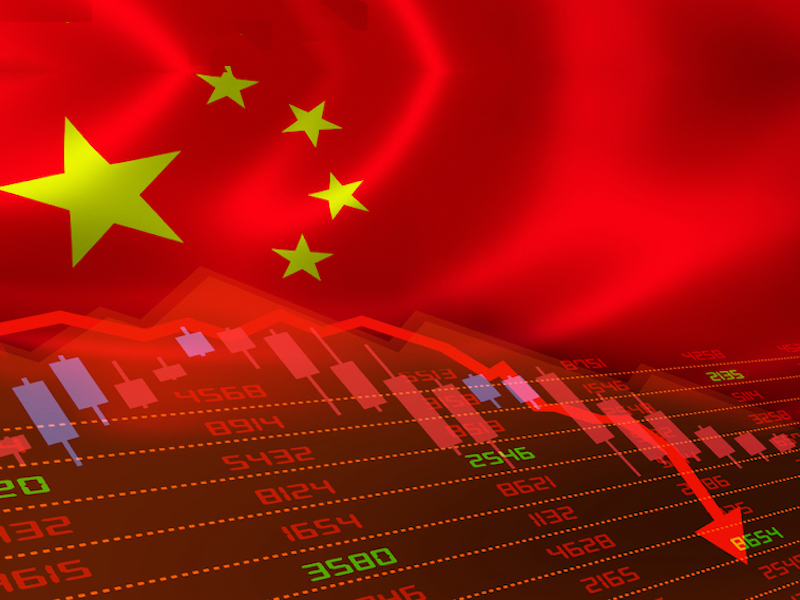
China is fine-tuning policies to rev up its economy as it braces for uncertain relations with the United States under U.S. President-elect Donald Trump, giving manufacturers a 20% made-in-China price advantage in sales to the Chinese government.
The moves come ahead of a top-level annual economic planning conference scheduled for next week that will help set China’s strategy for the coming year.
The Ministry of Finance announced it is seeking public comment on the made-in-China plan until Jan. 4. To qualify, products have to be made entirely in China, from the raw materials stage to the finished products, it said, although some components must just meet standards for a share of domestic-based production. Farm, forestry, minerals and fisheries products are excluded, the state-run Xinhua News Agency reported Friday.
Government procurement generally amounts to about 10% or more of business activity in major economies.
Under the program, companies will be given a 20% price advantage, with the government making up the difference, part of a series of moves to underpin stronger sales that also includes promoting insurance underwriting and easier access to financing for e-commerce and small- and mid-sized “little giants” and “hidden champions.”
Shares in China have surged this week on expectations that the planning meeting will yield more support for the slowing economy as a revival in exports helps to compensate for a sluggish property market and subdued consumer spending. The Hang Seng in Hong Kong and the Shanghai Composite index both gained more than 2% this week.
Before that closed-door meeting convenes in Beijing, Premier Li Qiang was due to hold a conference Monday with heads of 10 major international organizations including the World Bank, International Monetary Fund and World Trade Organization, the Foreign Ministry said in a notice on its website.
The themes of the gathering focus on promoting “global common prosperity,” “upholding multilateralism” and making advances in China’s own reforms and modernization, it said.
Major changes may be unlikely as China’s leaders wait to see what Trump does.
“The policymakers would likely reserve policy room for the four-year period of the Trump administration,” economists at ANZ Research said in a report. Key areas to focus on will be boosting consumer spending and more help for the property sector, it said.
China’s leaders set a target for economic growth of “about 5%” for this year. In the first three quarters, growth averaged 4.8%, and has gradually slowed. Over the past few months, regulators have rolled out a slew of policies meant to help reverse the downturn in the housing market and encourage more spending by Chinese households that have been tightening purse strings since the pandemic.
Setting the tone ahead of next week’s meetings, a commentary in the ruling Communist Party’s newspaper The People’s Daily downplayed the usual focus on meeting growth targets, noting that the industrial boom that has made China the world’s second-largest economy came at a “huge price in resources and the environment.”
“If we do not break with the worship of speed … even if we temporarily increase the speed, we will detract from future growth,” it said. “It is not that we cannot go faster, but that we do not want to.”
___
AP Researcher Yu Bing in Beijing contributed.